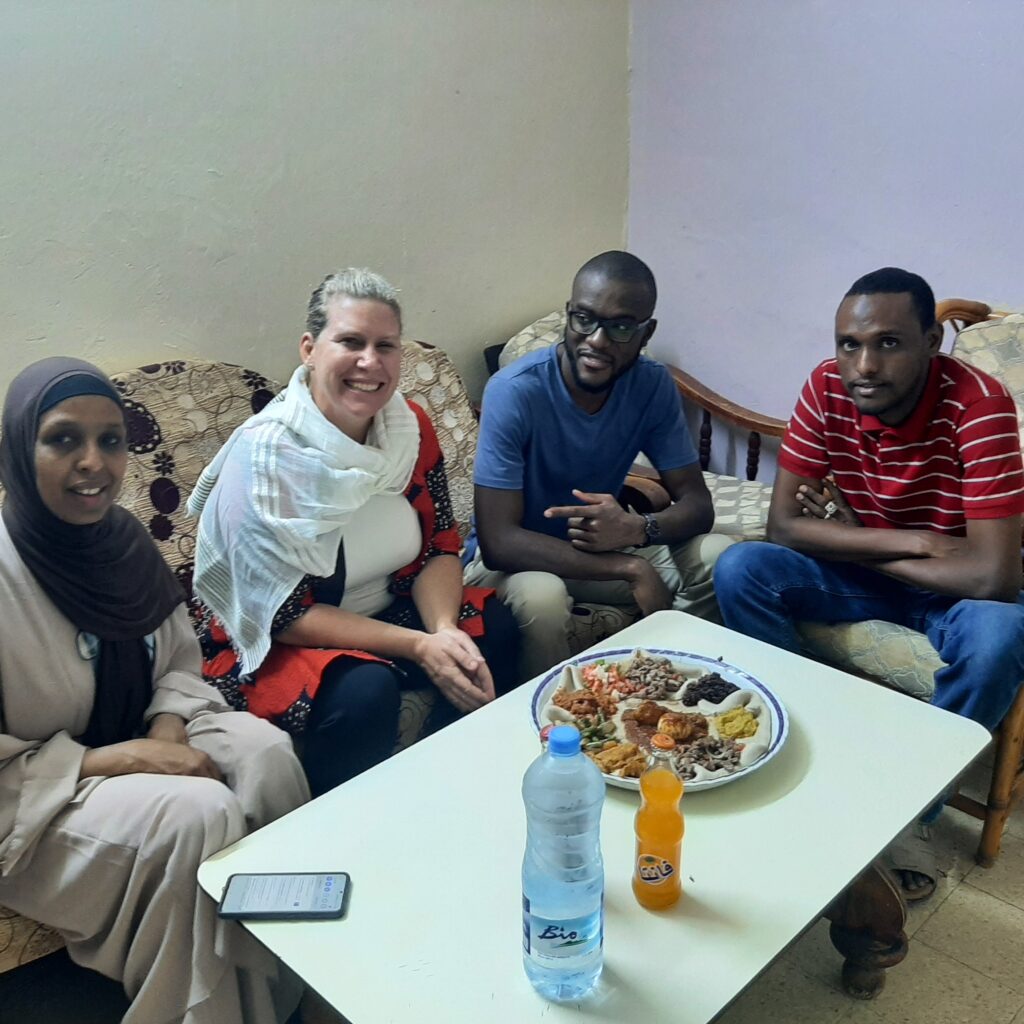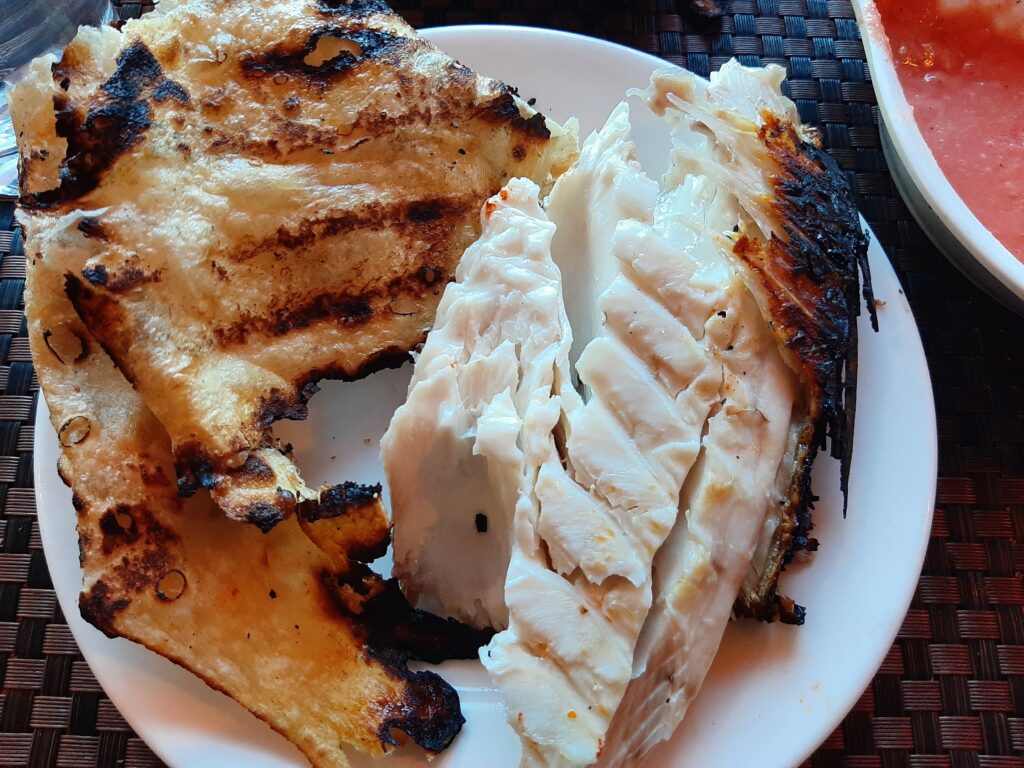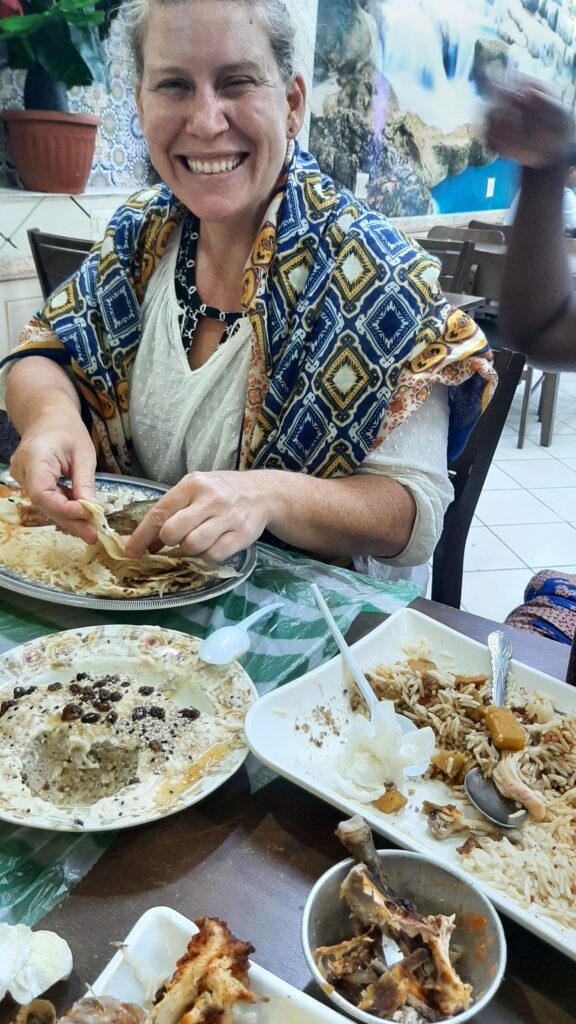Exploring Djibouti culture through food:

Never did I ever imagine I’d visit Djibouti. When a last-minute work trip took me here, my inner foodie jumped into hyperdrive to figure out as much as I could about the food culture and cuisine in 7 days.
Not a clue about Djibouti:

Djibouti is a small country of less than 1 million people. About 80% of the population lives in the capital city, on the Gulf of Aden, with the rest scattered in the desert and grasslands. Djibouti is hot as hell most of the year, with an average of 5 inches of rain per year and no freshwater rivers.

In this environment, there are no locally grown “staple food” like in other African countries, and most of the food (and water, too) is imported, largely from Ethiopia. It was hard to figure out what would be “local food” if there were very few “local ingredients” other than the fish from the sea.
The melting pot of Djibouti cuisine

I quickly learned that Djibouti’s mix of ethnicities (mainly Somali, Afar, Arabic, and Ethiopian) each had their own culinary preferences aligned with their cultures. As my hotel receptionist said, “What is Djibouti food? We don’t have food. We have Yemeni food, Ethiopian food, yes.”
I was told that Arabs and Afar in Djibouti were more likely to eat fish (caught fresh daily from the Gulf of Aden), while the Somali in Djibouti were more likely to eat the goats and camels (which are often walked from Somalia into Djibouti for sale.)
So, the quest was on for me to see what I could learn about the food culture from as many perspectives as I could.
In hot pursuit of Djibouti home-cooked meals

To Jiranileo, the “holy grail” of traditional food is always the meals that are cooked in local homes. I asked a friend what his family ate at home. He said traditionally their breakfast is Laxoox (similar to a pancake) and tea. (Coffee is an imported cuisine from Ethiopia.) For lunch they have something simple like rice or macaroni with some sauce, perhaps with chicken. And for dinner, they might eat sabaayad (flatbread) with peas/lentils. In other words, everyday meals can be pretty basic, which is not too surprising considering that rice, flour, pasta, and dry beans are easy staples to buy in bulk.

One evening, our wonderful translator took us to a home restaurant run by an Ethiopian family, a place he had been eating at for so many years that they felt like family to him. Walking into an unmarked gate in a residential neighborhood was definitely more my style of culinary exploration.
We sat on couches and enjoyed a traditional Ethiopian meal, watching Ethiopian TV and shushing the housecats that persistently tried to steal our ingera. The ingera came with several traditional dishes, although it was prepared with fewer spices than the Ethiopian food I have eaten in Ethiopia and elsewhere.

One of our colleagues was invited to eat with friends in Djibouti during the week. They reported back that they had a full Yemeni meal, similar to the meals our group ate in local restaurants with a large fish as the main course.
Djibouti foodie: Top 3 takeaway tips

After a week in Djibouti, by no means am I a cultural and culinary expert, but here are my three top takeaways for any foodie in Djibouti:
- Everywhere we ate the portions were huge; go in groups, or plan for a lot of leftovers.
- If you want Djibouti food, find the Yemenite restaurants, and always leave room for the dessert. (read Part 1 of my Djibouti stories)
- Definitely explore the street food in Centre Ville, which is mostly available at night. Busy times are about 7 pm to 10pm. (read Part 2 of my Djibouti stories)
When will Jiranileo be officially in Djibouti?
Jiranileo will start here someday as part of our vision for connecting people to home-cooked meals in every country in Africa. I was told that home-cooked/home-hosted meals would be a new concept for Djibouti but given how kind and generous people are in this country, I feel that Jiranileo would be of interest. After 7 days, I have eaten as much as I could in Djibouti City, and I am leaving with a vision for the future of finding hosts here from several ethnicities and making sure we have translation services available.
Eat home-cooked meals with Jiranileo around Africa! Check out our Invitations page for more information about where we are and what Jiranileo is all about.





